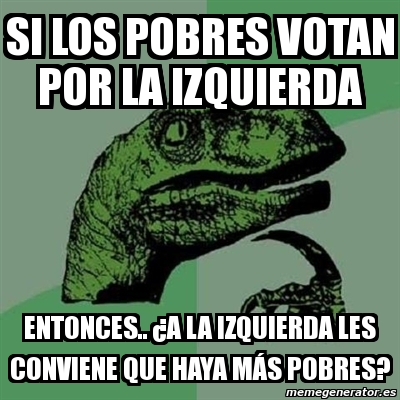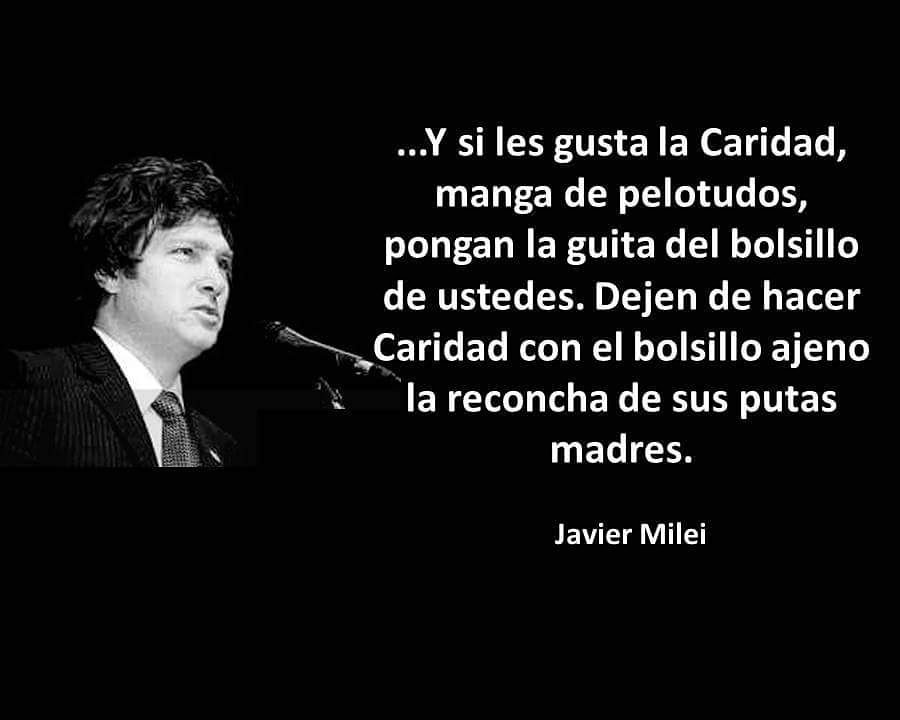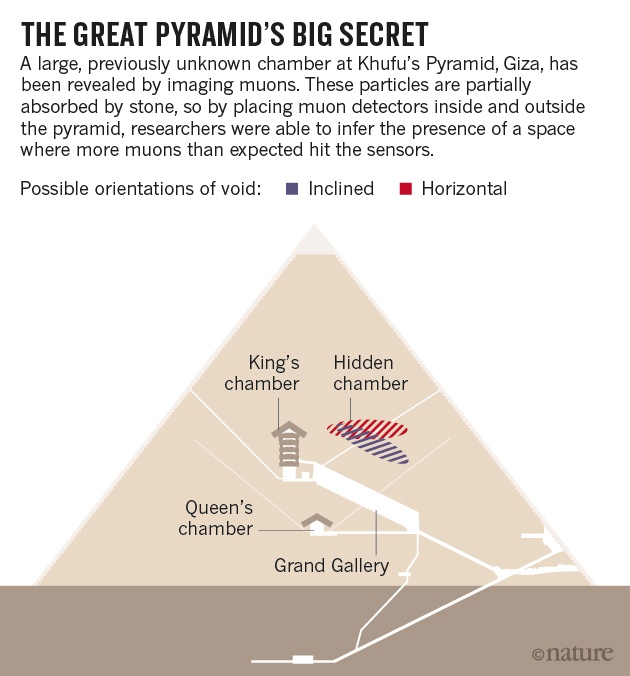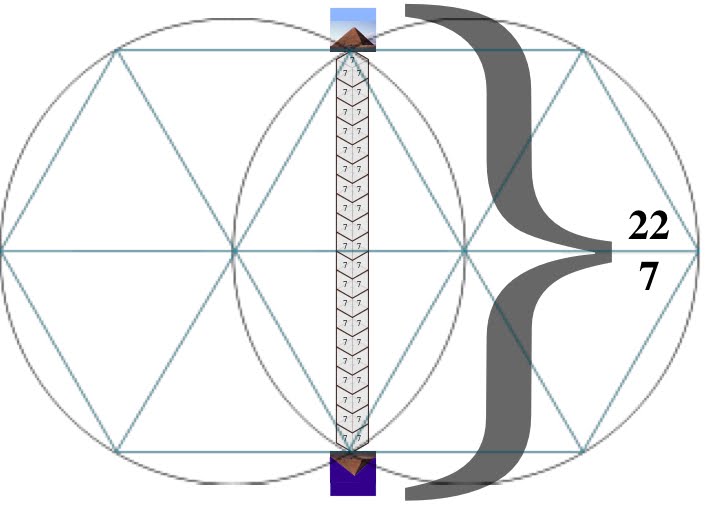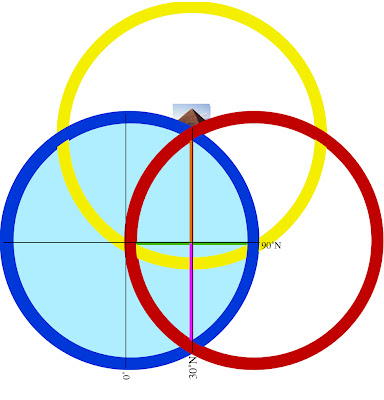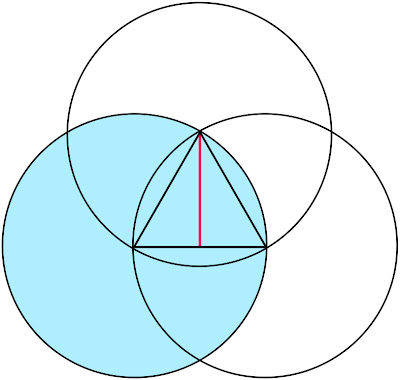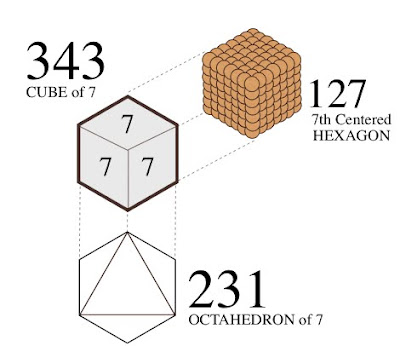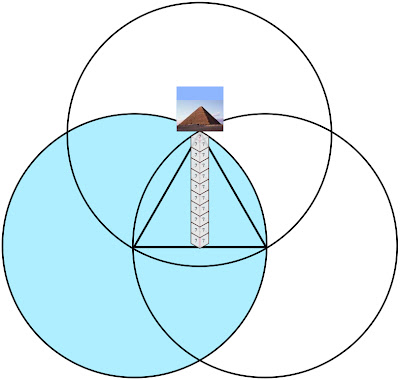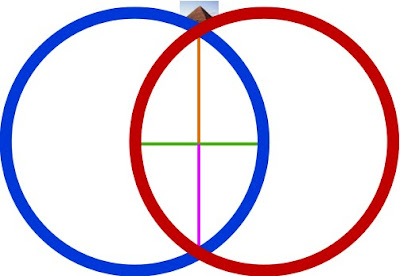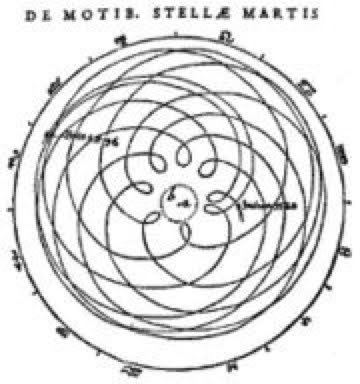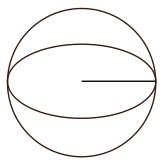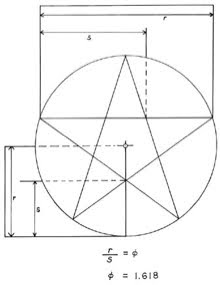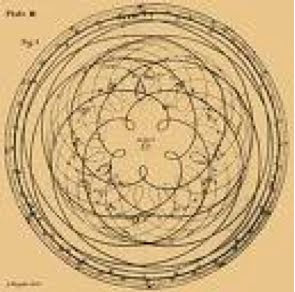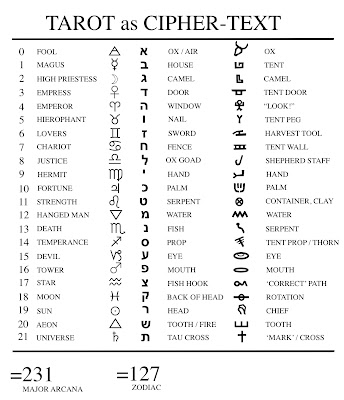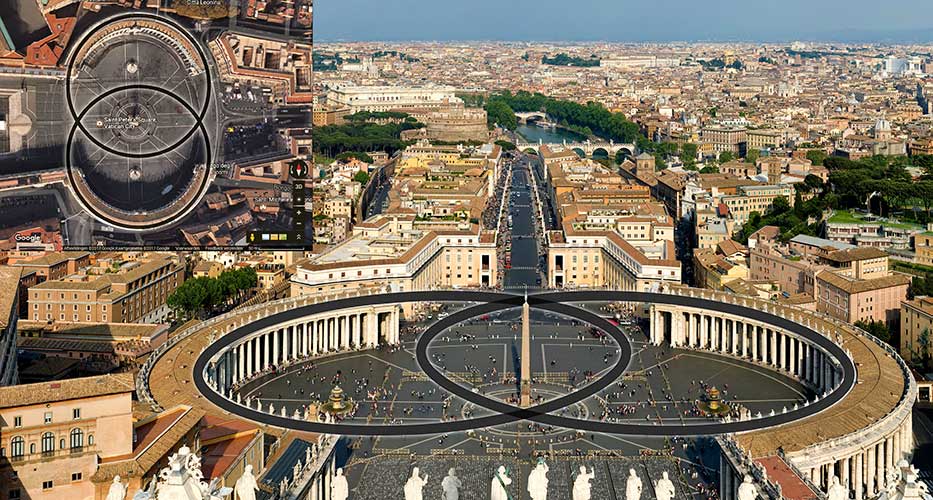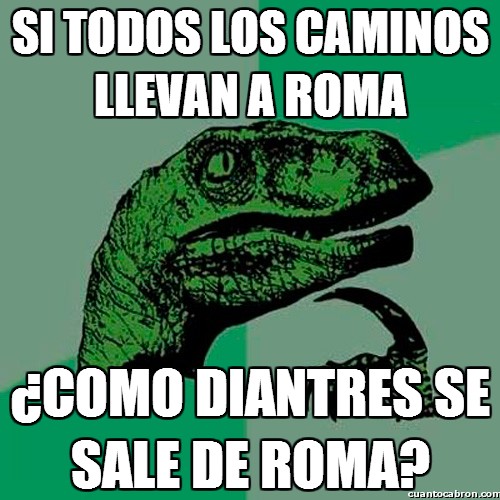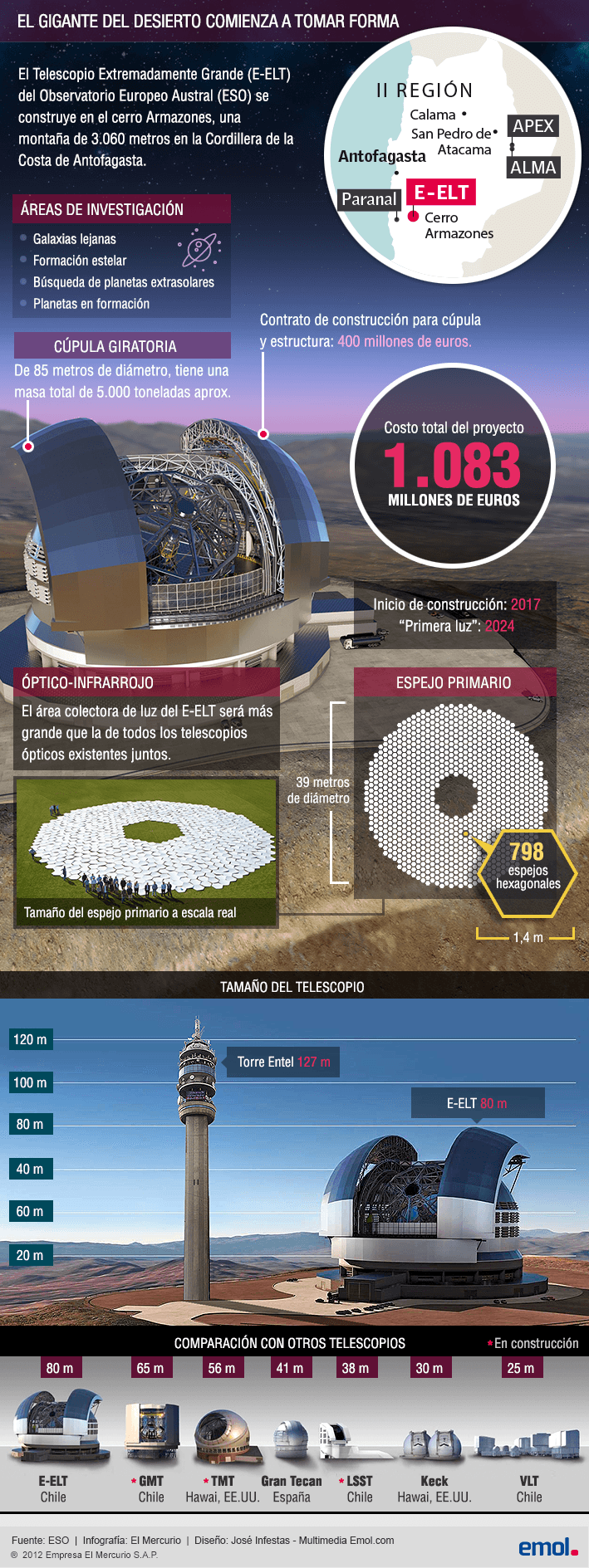So many people talk about Jesus this month that I thought I would talk about his wife, Mary Magdalene. Beware, there are some real shockers here. Portions of this article appeared on an earlier blog post which has completely disappeared from the internet! Even that is shocking to me, since all posts were archived, and moved as I imported the blog into my website.
As a teacher I have heard many stories from students about their own experiences. This is not one of them! This is the information that I’ve learned from other authors and research, coupled with my own discoveries. Prepare to be amazed.
Initially I posted parts of this article in honor of Mary Magdalene’s feast day, July 22. The feast day of Mary Magdalene is quite important and special. This is because when you begin to understand the sacred geometry, you will find the absolute proof of her identity. Let me start at the beginning.
I have been working with sacred geometry for almost 20 years. I started with the MerKaBa, the meditation based on the three-dimensional six-pointed star. My interest really didn’t begin there. It began many years earlier, when I was a child. I was fascinated with numbers, and as a 5th grader could easily transpose to any key, in any music I was playing. Even my piano teacher was astounded, and so flabbergasted that I could do this she wanted to show off my skill to her eighteen-year-old daughter, inviting me to play a piece in any key she chose as a demonstration! In high school I was such a natural at geometry that I could have slept through the class and still pulled an A.
Piano wasn’t really my thing – it was numbers! I took an instant liking to music theory in college. However, it had a piano skills requirement and when I failed the piano portion of my final exam for theory I didn’t know what to expect! The theory portion of the final involved analyzing a Beethoven symphony. I remember each of the other students going into practice rooms and playing it. I couldn’t come close to that; however, I could see the underlying mathematics effortlessly and marked it up. I got a perfect score plus the bonus points. Most of the other students barely passed, and with the curve the instructor had to use, I ended up with the top score and a B for a final grade!
Enter Gematria
Gematria, at its core, was used by the Greeks and Pythagoreans as a way to encode the numerical value of a significant numerical relationship into written texts so that they could be interpreted exactly as intended by later generations. It is not just some simplified letter equals a number as in the western Pythagorean numerology.
Labeling gematria as a form of numerology would be a gross oversimplification, even though a much later use of gematria by the Jewish people became a simplified numerology. This compromised and abandoned many of the original Greek symbols and diluted the mysteries hidden within its usages. Gematria was a way that the Greeks used mathematics and deliberate spellings and misspellings in order to insure the understanding of secret principles. One such sacred mystery was about the vesica piscis. The vesica is that almond shape that is created when two equal circles have their circumference on the other’s center.
Gematria in the traditional form is the language the ancient Greek philosophers used to allow the presence of a mathematical equivalent in writing. In a way it is a form of code. Unlike Pythagorean numerology, where a = 1, b=2 and c=3, the system of gematria used the sum total of a word to represent a concept. In other words, it was the opposite of today’s numerology where the numbers keep being added to a sum until you get a single digit. An example of this would be the name Maria. In numerology it adds up to a 7, whose meaning is research and enlightenment. Think of Rodin’s thinker as a representative of seven.
In fact, because of knowledge at that time – decimals were not used, so all irrational numbers were expressed in fraction or relationship form instead of their now common usage with a decimal point. It represents the relationship between a radius and the height of the vesica, 265/153, thus the nickname “153.” As such, the number 153 was a common shorthand for the fraction 256/153 the relationship multiplied by the radius to produce the height of the vesica.
 As you look at this almond shape of the vesica piscis you can see what the radius is (the distance from the center of the circle to its edge.) The diameter is also easily seen as double the radius. Yet, the height of the vesica is shorter than the diameter. The formula was shortened to “the 153” to name the vesica piscis. Just like it is now common usage to understand the phrase “24/7” which has meaning of 24 hours a day, seven days a week, and was originally a medical term, there are many such shorthand references now that people are texting. Some of them have obvious meaning, like 24/7, even though it is not a mathematical fraction.
As you look at this almond shape of the vesica piscis you can see what the radius is (the distance from the center of the circle to its edge.) The diameter is also easily seen as double the radius. Yet, the height of the vesica is shorter than the diameter. The formula was shortened to “the 153” to name the vesica piscis. Just like it is now common usage to understand the phrase “24/7” which has meaning of 24 hours a day, seven days a week, and was originally a medical term, there are many such shorthand references now that people are texting. Some of them have obvious meaning, like 24/7, even though it is not a mathematical fraction.
The system of gematria allows for the addition of one unit, a colel – a unit of one in Hebrew. Gematria used what was known about geometry to create an “insiders look” at the message. Many names were deliberately misspelled in the ancient Greek writings to insure the meaning was clear. In geometry, we say that pi is 3.14. However, in ancient times, before the use of 0, and the invention of the use of the decimal place, the common expression for pi was 22/7. Pi is the most important relationship of a circle, representing the relationship of the circumference (2 π R) or the area (π * R2), formulas we all learned in fifth grade! What’s the common element? Pi or π!
According to Margaret Starbird, author and mystic, “The 153” was directly related to the meanings of the vesica which include, matrix, womb, mandorla, vulva, or gateway, all representing the seed shape emphasizing its unique role in creation as the birther, or bringer of life. In addition, it also represents the divine feminine.
More meanings to “The 153”
In gematria the name Mary adds up to 152. By adding the colel of 1 to it, all the Mary’s of the old testament become representative of the Divine Mother. My aunt was a nun. Going to Catholic schools, most nuns were called “Sister Mary something!” What if the tradition of Mary as the first part of a religious order’s spiritual name was a title? That would also explain why there were so many “Mary’s” in the new testament!
Yet, only ONE name in the Old Testament adds up to an exact 153, Mary Magdalene. Hidden in the gematria is the true understanding of Mary Magdalene. Thus, I believe that Mary Magdalene was a title and not related to her place of birth! Margaret Starbird, named a renegade Catholic by a Catholic website, in her book Goddess in the Gospels, says that her discovery of this convinced her of the true history of Mary Magdalene and her role with Jesus.
Now my discovery allowed me to look at her feast day, the way the Europeans write dates, 22 July, or 22/7 showed me that someone in the Church clearly knew who she was, and further, with these two gematria codes superimposed upon one another, you will find in the middle of the vesica π and her name “The 153” putting her at the very center of the Divine Mother or Divine Birther. Can it be an accident that the ancient church fathers chose July 22 as her feast day? I think not. Margaret tells the story in her book, that it is only in modern times that the scholars ignore the codes of gematria. I believe seeing both Mary Magdalene’s name in gematria and her feast day intersecting in the center of the vesica piscis provides the symbolic proof found in numbers that is irrefutable.


